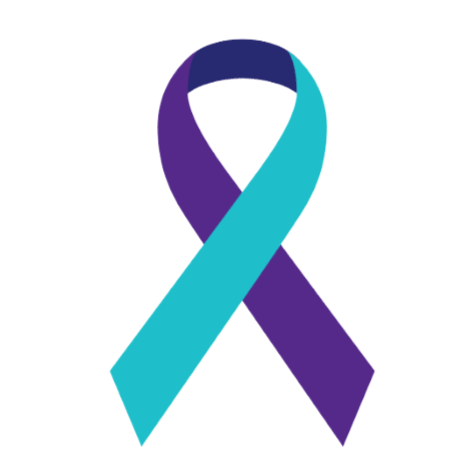
For National Suicide Prevention Month
We do not talk about suicide much. We tend to procrastinate on the issue; we wait until crises strike. So, those frantic conversations we do have usually claw at ways to get help. I want to take a moment and offer something different. Setting aside the hotlines and clinics, important as they are, I want to talk about neighbors.
Combined age-adjusted suicide rates in the United States have been increasing steadily for the last two decades. These recently peaked in 2018 before showing ever-so-slight declines in 2019 and 2020. It remains the second leading cause of death in Americans aged 10-34 and the fifth among folks between 35 and 54 years old. Suicides, moreover, are part of a broader category of fatalities called “Deaths of Despair.” This category also includes tragedies like accidental drug overdoses and alcoholic liver failures—Deaths of Despair are now more frequent thanks in large part to the opioid crisis.
History’s most storied account of suicide no doubt comes from the 19th century sociologist, Emile Durkheim. His seminal Le Suicide links the individual suicidal act to the broader cultural milieu. A society’s suicide prevalence ebbs and flows with the degree individual members feel integrated into economic (think vocation), domestic (think local relationships), religious (think transcendent purpose), and political (think efficacy) spheres. When these spheres splinter into smaller and more hostile factions, people feel more and more alienated. Life devolves into a less enticing enterprise. A culture standing sturdy enough to unify but flexible enough to include bestows purpose. This purpose in turn buffers against rising suicide rates.
Think about that culture existing on three parallel planes. First, a culture is made up of individuals with unique histories, quirks, and preferences. On the other hand, individual persons are scarcely defined without big, albeit vague, collective identities. “I am a feminist!” “I am a Republican!” “I am an Episcopalian!” “I am a marine biologist!” We plaster these affiliations on our bumpers and our twitter feeds where they escape scrutiny. But they award only flimsy meaning, I suspect because they are not very integrating. As long as I do not meet any other marine biologists, and nobody demands my services, I can sport the moniker however I like with little regard for what it actually means. Because they hide from particular challenge, they rarely mature to full authenticity. And because they are not particularly authentic, they are not particularly meaningful. So what happens when a real-life neighbor cries out from the beach, throwing at me the opportunity to fulfill my professed purpose?
“Is anyone here a marine biologist?!”
Individuals cannot subsist on big, vague associations for meaning. Individuals need neighbors too. These are the real-life people who agree and disagree with us, affirm and challenge us. Without them the labels are empty. We know that social alienation is a major risk factor for suicide. This is why communitarians like Patrick Deneen and Robert Putnam stress local relationships as the real mediators between individual and mass forces. They make up the necessary third cultural plane.
If we are honest with ourselves, we must admit to relying on these individual and collective planes while neglecting that neighborly one. And I daresay you might spend your days under a rock if you do not detect the obvious consequences around us. Record numbers seek mental health services, and the trend reveals (1) its beneficial normalization and (2) an unneighborly culture. Folks turn to psychotherapy when their neighborly needs go malnourished. But psychotherapy is not the ultimate solution. It is a placeholder, an incubator, a peaceful bench on which to rest during the time out. It provides a small, private space where an individual might find a neighbor amidst the zigs and zags of a splintering culture and a disoriented private life. But the final purpose is to nurture one back into the cultural dance, so that one can assert individuality, cohabitate with neighbors, and acknowledge the demands of bigger society. When people weave themselves back into the local social fabric in such ways, a culture protects against the act of suicide.
So for Suicide Prevention Month this year, help build a healing culture. Go check on your neighbors.
